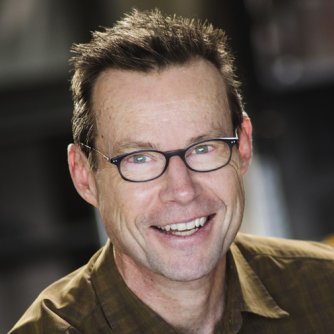
There is a new prescription for helping Coloradans get around easier by train, bus, bike and on foot.
The plan from the Colorado Public Interest Research Group calls for governments to spend an additional $1 billion a year for 25 years. That would expand train service through metro Denver and bus service in a lot of cities.
It would also improve bike lanes and bike share programs like Denver's B-cycle and lay down some 6,000 miles of new sidewalk.
Here are interview highlights with report co-author Will Toor of the Southwest Energy Efficiency Project..
On How To Cover The Cost:
"A billion dollars a year is certainly a lot of money. And I don't think any of us believe that tomorrow we're going to wave a magic wand and be spending those dollars. But I think it's important to realize how much money we're already spending on transportation. Just in the Denver metro area we spend over $4 billion a year on our transportation system.
"So I think it's a matter of both looking at how do we reallocate some of the funding that we already have, and, as there are discussions of new transportation funding sources, we want to make sure that people are thinking about these trends and needs -- the sidewalk needs, the bicycle needs -- as part of that conversation."
On How Municipalities Are Restricted In Their Spending:
"The state especially is restricted by current law to spend the vast majority of revenues that it gets from things like gas taxes in vehicle registration fees only on highways. And that means that if you've got a a corridor where you look at that corridor and what really makes sense is not just a highway expenditure, but also includes transit and improved bicycle infrastructure, they don't have the flexibility to use those dollars in a way that make most sense for that corridor."
On The Importance Of Better Sidewalks:
"One of the things that is remarkable, is that when you look around the state, there are many communities that don't fund sidewalks. It's up to the individual property owners and it is the most basic aspect of transportation. Everybody is a pedestrian at some point in their trips."
On Why New Bike Infrastructure Is Needed:
"One of the things that we've seen is an enormous percentage of the trips that people take are actually under 3 miles in length -- the kind of trips that are perfect for getting around on a bicycle. What we've seen is that there are some communities in Colorado that have invested significantly in bicycle infrastructure. Fort Collins really stands out as a community that has done great work on bicycling.
"And what you see is an enormous increase in cycling when you do that. It's not that everybody's going to get on their bicycle. But if you can get 10 percent of the trips that people are taking to get to work to be on a bicycle instead of 1 percent, as we have in communities that have invested, makes an enormous difference."
On How Realistic Their Plan Is:
"If you look at what we're proposing here, pretty much everything has been piloted in at least some communities across the state. So we know that these things work. None of this is pie in the sky or outlandish. Again you're talking about getting people sidewalks. You're talking about getting basic bicycle infrastructure in place so that people can safely ride a bike to school or to work."








